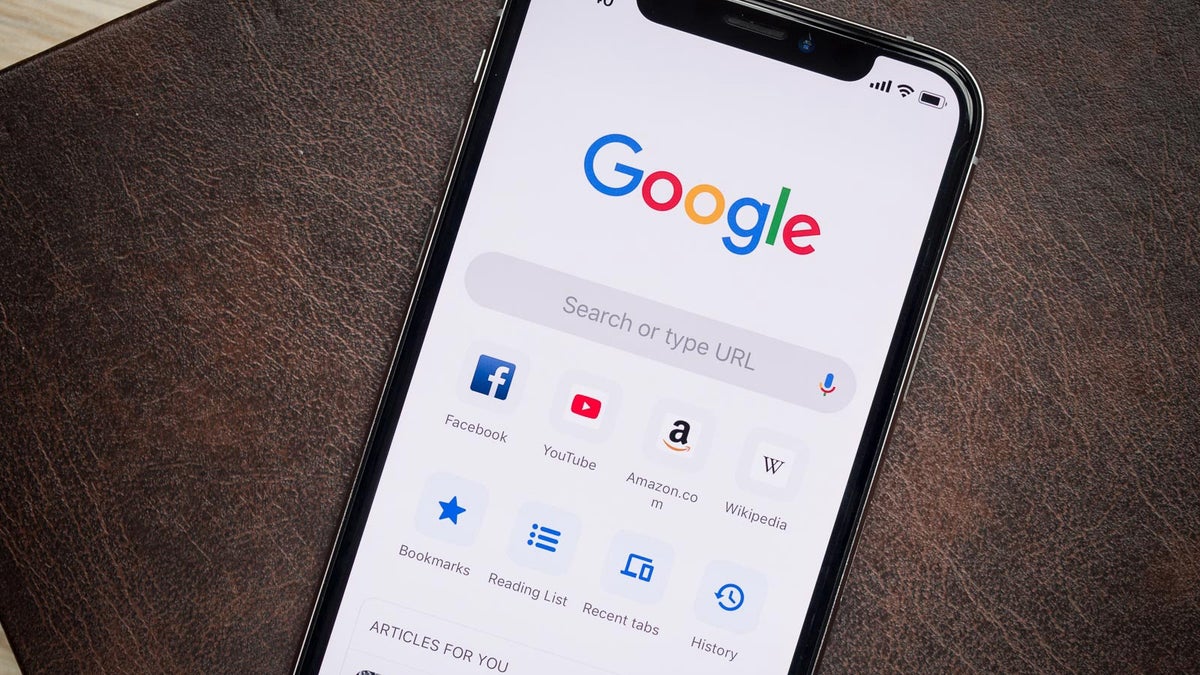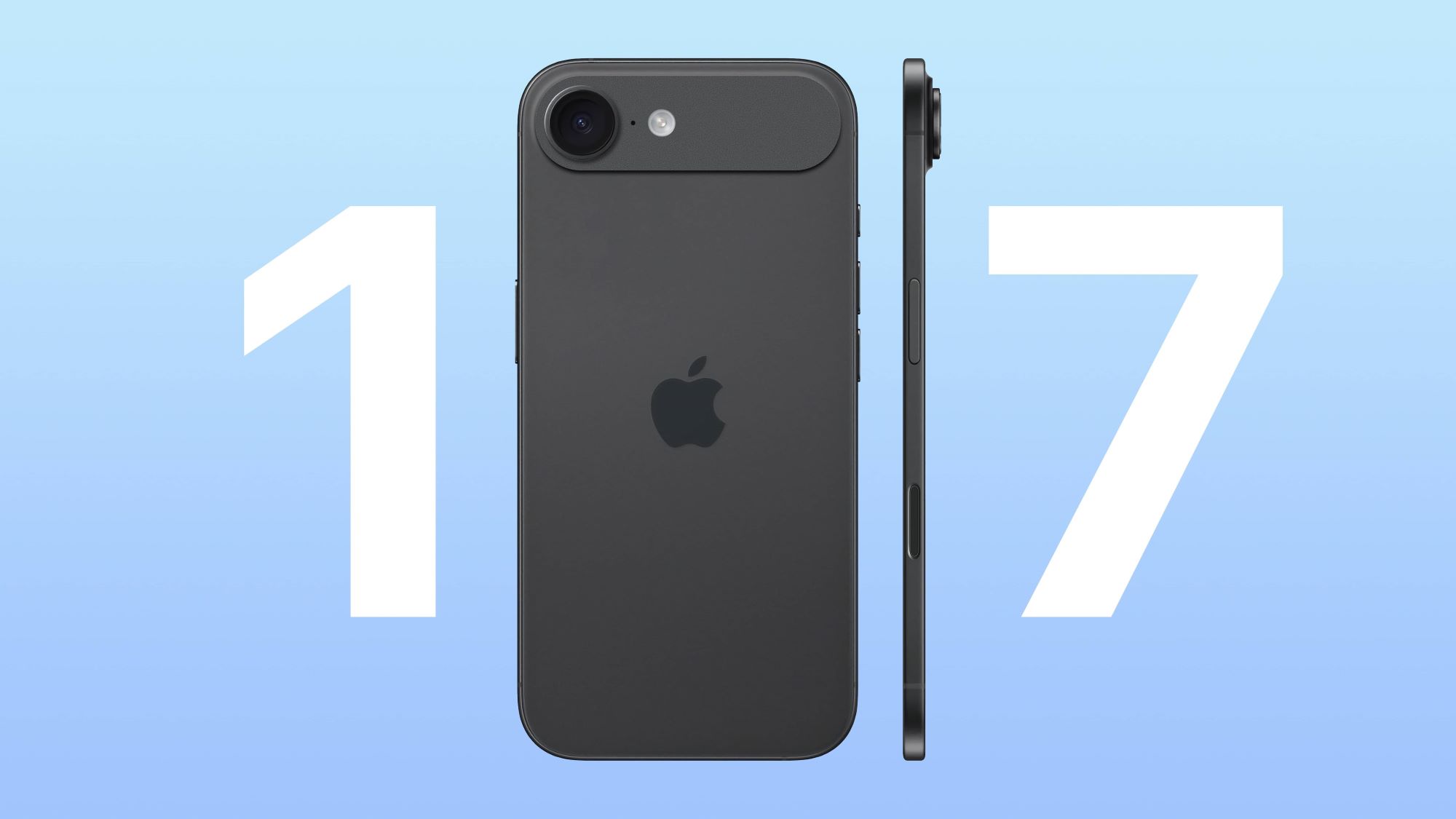Gamers, prepare yourselves. The arrival of the Nintendo Switch 2 is generating massive excitement, with whispers of enhanced graphics and innovative gameplay echoing across the internet. But amidst the anticipation, a crucial question lingers: will every game cartridge for the new console actually contain a playable game? Brace yourselves, because the answer might surprise you, and perhaps even stir a little frustration. Sources suggest that some physical game releases for the Switch 2 might ship with an empty cartridge, offering only a download code inside the box. Why this potentially jarring shift in how we buy and own games? Let’s unpack the reasons behind this controversial possibility.
The March of Digital: A Cost-Effective Strategy?
The video game industry is undergoing a significant transformation, with digital sales consistently outpacing physical copies. This trend isn’t lost on Nintendo. Distributing games digitally eliminates the costs associated with manufacturing, packaging, and shipping physical cartridges. For certain titles, especially smaller indie games or those with limited appeal, the financial burden of a full physical release might not make economic sense. By opting for a download code inside a standard cartridge case, publishers can still offer a “physical” product on store shelves, appealing to consumers who prefer tangible items, while significantly reducing their production expenses.
Imagine the scenario: you eagerly pick up a new indie darling from your local retailer, the familiar weight of the cartridge case comforting in your hand. But upon opening it, you find only a small slip of paper with a download code. While you still get the game, the feeling of owning a physical copy, something many gamers cherish, is undeniably diminished. This approach could become more prevalent for niche titles on the Switch 2, allowing them to reach a wider audience without the financial risks of mass-producing physical media.
Cartridge Capacity Constraints: A Technical Hurdle?
While the Switch 2 cartridges are rumored to boast increased storage capacity compared to their predecessors (potentially up to 64GB), some modern AAA games are ballooning in size, often exceeding even these limits after considering day-one patches and post-launch content. For these massive games, fitting the entire experience onto a single cartridge might become technically challenging or prohibitively expensive.
Think about sprawling open-world adventures with hundreds of hours of gameplay and cutting-edge graphics. Even a 64GB cartridge might not be enough to hold everything. In such cases, publishers might resort to including a partial game on the cartridge, accompanied by a download code for the remaining data. While this still offers a physical component, it blurs the lines between physical and digital ownership, requiring players to download a significant portion of the game before they can even begin playing. This could lead to frustration for players with slower internet connections or those who prefer to have the entire game readily available offline.
The “Game-Key” Concept: A Validation Measure?
Interestingly, reports suggest Nintendo might be exploring a “Game-Key Card” system for the Switch 2. These cartridges would essentially contain no actual game data but instead hold a digital license. Players would still need to download the full game from the Nintendo eShop, but the physical cartridge would act as a key to validate and launch the software.
This approach could offer several benefits for Nintendo and publishers. It would drastically reduce the cost of producing physical media, as they would only need to manufacture blank cartridges with a unique identifier. It could also help combat piracy, as the physical key would be required to access the digital game. However, for consumers, this model offers the least tangible form of ownership. The physical cartridge becomes merely a plastic dongle, and the game remains entirely digital, tied to their Nintendo account. This shift could be a tough pill to swallow for collectors and those who value the permanence of physical media.
Special Editions and Bundles: A Mixed Bag?
The possibility of empty cartridges could also extend to special editions and console bundles. Imagine purchasing a premium edition of a highly anticipated Switch 2 title, complete with a steelbook case, art book, and other collectible goodies. But instead of a game cartridge, you find a download code nestled amongst the physical bonuses. While you still receive the promised content, the absence of a physical game might feel like a significant omission, especially considering the premium price tag.
Conversely, this approach could allow for more elaborate physical bonuses without drastically increasing the overall cost. Publishers could include higher-quality collectibles, knowing they are saving money on the game media itself. Ultimately, the perceived value of such bundles will depend on the quality and desirability of the included items versus the expectation of a physical game cartridge.
Consumer Concerns: Ownership and Preservation
The prospect of empty game cartridges raises valid concerns among consumers, particularly regarding ownership and game preservation. Digital licenses can be revoked, and online stores can eventually shut down, potentially leaving players unable to access games they have purchased. Physical cartridges, on the other hand, offer a tangible form of ownership that, in theory, lasts indefinitely.
If a significant portion of Switch 2 physical releases relies on download codes, the long-term preservation of these games becomes uncertain. What happens when Nintendo eventually discontinues the eShop for the Switch 2? Will players still be able to download and play these games? These are crucial questions that Nintendo will need to address to reassure consumers who value the ability to own and preserve their game collections.
A Hybrid Future?
It’s unlikely that all Switch 2 game cartridges will be empty. Physical releases will likely continue to exist, especially for major first-party titles and popular third-party games that warrant the full physical treatment. However, the trend towards digital distribution, coupled with potential cost savings and technical limitations, suggests that download codes inside physical boxes could become a more common occurrence on the Switch 2.
This potential shift presents a mixed bag for gamers. While it could lead to more affordable games in some cases and potentially facilitate the release of more niche titles, it also raises concerns about the diminishing value of physical media and the long-term preservation of our favorite games. As we edge closer to the official unveiling of the Nintendo Switch 2, the industry and consumers alike will be watching closely to see how Nintendo navigates this evolving landscape of game distribution. The satisfying click of a game cartridge might just become a rarer sound in the next generation of gaming.




